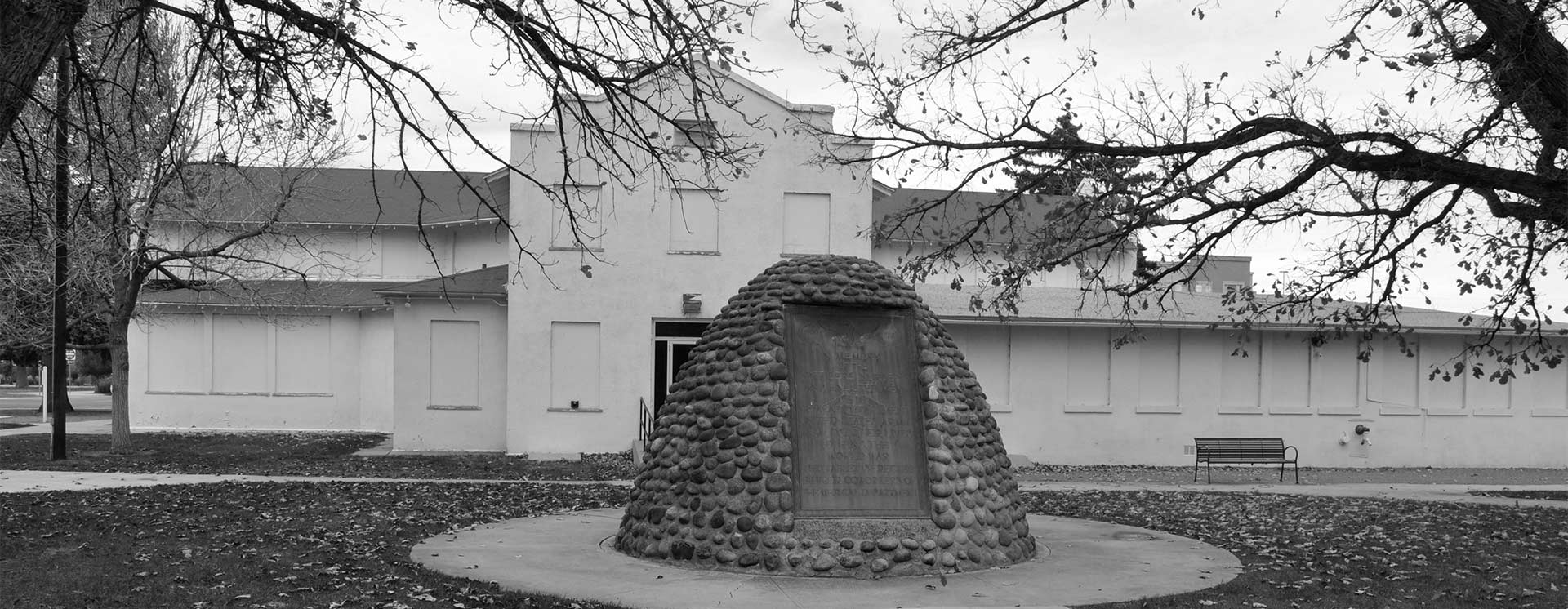
World War One Sites - The NETWORLD Database
Heroes Mausoleum in Marasti, Vrancea County, Romania
The village of Marasti entered history as a result of World War I battles, here being gained the first victories of the Romanian Army in the campaign of 1917. Marasti was occupied by the Austro-Hungarian armies, and for its conquest, the Second Army, led by General Averescu, would destroy it almost entirely. On the first day of the battles - July 9, 1917, General Al. Margineanu, who stormed the enemy lines in Marasti, pledged to restore the village. In a gathering that was held, later, on the front, the creation of the "Marasti" Society was decided; it was aimed to rebuild the village and transform it into one of the most modern rural villages in the interwar Romania. At the entrance to the village, on a portal similar to a triumphal arch the inscription Marasti Historical Field reads.
The Mausoleum is located at North-West from Panciu (about 27 km from it). The monument shelters the remains of the Romanian soldiers fallen in the First World War in the battle of Marasti (during July 1917). The construction, which was initiated in 1928, is designed by architect Pandele Şerbănescu and decorated with bas-reliefs by A. Bordenache. The basement houses the sarcophagi with the bones of the generals Alexandru Averescu, Arthur Văitoianu, Alexandru Mărgineanu, and Nicolae Arghirescu. In the basement there is a small museum in which there were exhibited objects belonging to General Vaitoianu and weapons from the First World War. On the facade of the monument were placed 15 white marble plaques in which the names of regiments and of the soldiers who participated in the battles on these lands are carved.
Source:
Romania, South-East Region, Vrancea County
Type of WWI-heritage
- War monument
Dimensions
Area: 1000 sqm
State of repair/preservation
Between 2009 and 2014, the mausoleum underwent an extensive rehabilitation and restoration process, the works being funded by the European Union through the Regio Program.
Historical WWI Context
The Mausoleum was built in memory of the heroes fallen in the fighting in Marasti. The Battle of Marasti was one of the main battles that took place on the Romanian territory during the First World War. It took place between July and August, 1917 and it was an offensive operation of the Romanian army and of the Russian army aimed to encircle and destroy the 9th German Army. It was the most successful military allied operation in 1917, the victory of Marasti contributing enormously to the morale of the soldiers, but in the ten days of fierce fighting, 1,469 soldiers of the 2nd Romanian Army died, and 3,052 soldiers of the same were injured..
http://www.marasti100.ro/mausoleul-marasti/#! https://ro.wikipedia.org/wiki/B%C4%83t%C4%83lia_de_la_M%C4%83r%C4%83%C8%99ti
A history of Romania's participation in World War I can be found on the following website: http://www.marelerazboi.ro/
Recent Images
State of legal protection
This is an objective included in the List of Historic Monuments, classified as historical monuments type A (VN-IV-m-A-06632), according to the Order of the Minister of Culture no. 2.828/2015
Owner
Racoasa Commune Mayor’s Office
Kind of cultural use of WWI
http://www.muzeulvrancei.ro/mausolee/mausoleul-marasti/
About a century away, the Mayor's Office of Racoasa Commune initiates the project "100 Years of Heroism in Marasti", through which it intends to create a memorial route highlighting the meaning of the battle of Marasti and to evoke the activity of the "Marasti" Society, made up of military personalities and that, through a special effort, rebuilt the village destroyed during the First World War.
Opening
The monument can be visited throughout the entire year between 9.00 and 17.00.
Entrance Fee
ADULTS: 4 RON (0.9 EUROS), CHILDREN/PUPILS/STUDENTS: 2 RON (0.45 EUROS) (Source: information obtained directly from the owner via telephone, in November 2017)
Information regarding cities, villages, other touristic attractions (non-WWI) nearby
Accomodation
Public Transport
There are regular minibus journeys from Soveja to Marasesti and Bertea (Source: information obtained from the Commune's Mayor's Office in November 2017).
Further information sources
Other heritage sites nearby
Museums Private Collections
Heroes Mausoleum in Marasti, Vrancea County, Romania
46.019156 26.839986 fileadmin/res/images/layout/standar-marker.pngLocation

